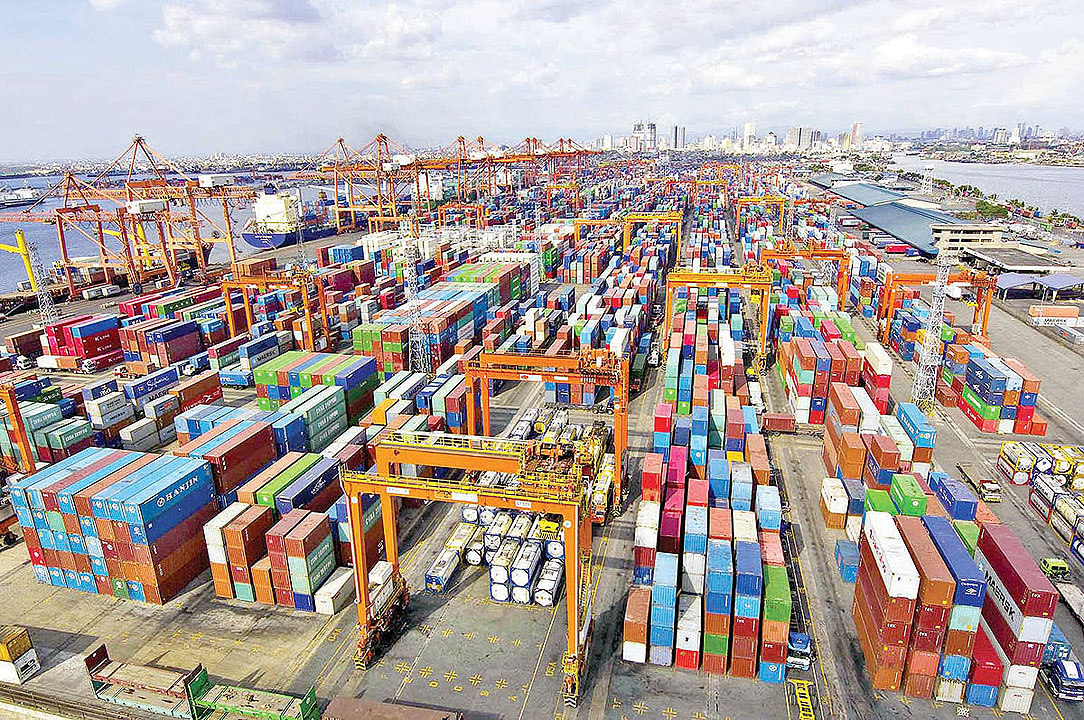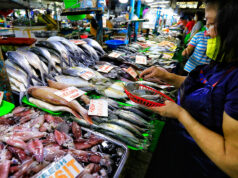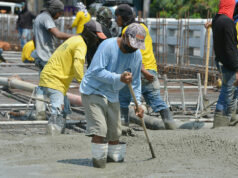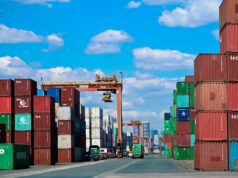Philippines should forge more trade pacts to cushion US tariff impact, says HSBC

THE PHILIPPINES should pursue more free trade agreements (FTAs) to shield its exports from the fallout of the US’ widening trade war, HSBC Global Investment Research said in a report.
“The Philippines will need to reach out to more and larger countries to potentially decouple itself from the US and make its exports more resilient,” HSBC economists said.
The call followed the latest round of tariffs imposed by US President Donald J. Trump on several global trade partners, including a 19% levy on Philippine goods — the same rate applied to Indonesia, Cambodia, Malaysia and Thailand.
While the Philippines’ average tariff rate remains lower than some of its peers, HSBC warned that the situation could deteriorate once Washington finalizes additional sectoral tariffs.
“Malaysia and the Philippines are not out of the woods,” the bank said. “With sectoral tariffs on electronics potentially soon, Malaysia and the Philippines will likely follow suit and see their effective tariff rate rise. We believe it’s just a matter of when.”
Electronics and semiconductors make up more than half of the Philippines’ total exports. Manila has been lobbying Washington to exclude these products from its tariff list, but talks have yet to yield results.
A United Nations Development Programme report last month estimated that US tariffs could reduce Philippine exports to the US by 13.1%. The US remains the Philippines’ biggest export destination.
“But US demand, as lucrative as it may be, is not as dependable as it was before,” HSBC said. “The past few months have shown us that trade policy can change in an instant.”
The report also noted that the Association of Southeast Asian Nations’ (ASEAN) tariff differential with China has widened since Mr. Trump’s “Liberation Day” trade policies took effect on Aug. 7.
The Philippines’ effective tariff rate gap with China rose to 27.5% from 14.1% in April.
HSBC said expanding trade pacts could help the Philippines and other ASEAN members tap new export markets and reduce their dependence on the US.
The Philippines has free trade deals with ASEAN, South Korea, Australia, New Zealand, Hong Kong, Japan and the European Free Trade Association, which includes Switzerland, Norway, Liechtenstein and Iceland. It is also in talks for deals with the European Union, the United Arab Emirates, Canada and Chile.
Among ASEAN members, Singapore leads with 49 FTAs, followed by Vietnam with 37. The Philippines ranks near the bottom with only seven.
“Admittedly, however, there is no one bilateral FTA that can completely substitute the vast potential of capturing US demand,” HSBC said. “The US market is just too large, and too important to be replaced. But a lot of FTAs can do the job.”
HSBC added that ASEAN could seize opportunities from China’s shrinking share of the US market as global trade patterns shift.
“After going through the hoops, tumbling in the mud and rolling through weeds, we can conclude that the second tariff typhoon offers ASEAN both challenges and opportunities,” it said.
“While global trade will likely slow, ASEAN is in a good position to take away some of China’s market share in the US, soothing some of the sting of US tariffs,” it added. — Katherine K. Chan



